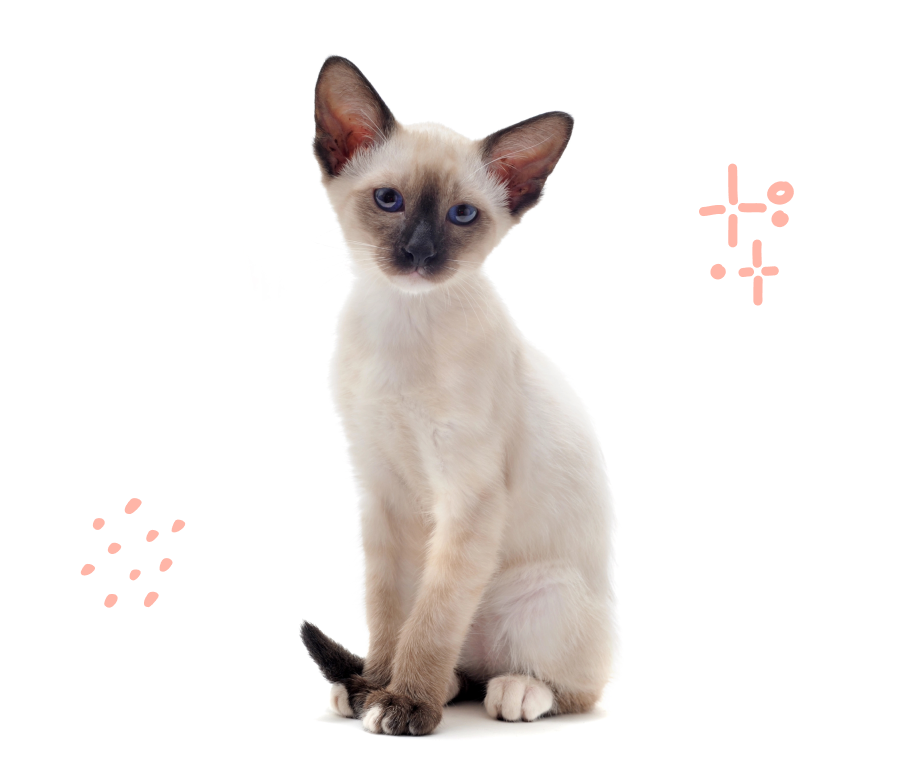Owning a cat can be an exciting and rewarding experience, more and more Irish households are opting for a cat. Getting a cat should take some careful planning and preparation. This guide will help you understand what breed of cat or what type of cat suits your lifestyle, the advantages of getting more than one cat, and practical advice on what to buy for a cat and where to buy a cat responsibly.
Choosing the Right Cat for You
Cats have unique personalities, just like people. When deciding what breed of cat suits your household, consider your lifestyle. Some breeds are more active and playful, suitable for lively homes, while others are relaxed and calm, ideal for quieter environments.
In recent years breeds like Scottish Folds or British Shorthair have become more popular. Do some breed research to learn about their differences. For example,
Scottish Folds are typically more playful and affectionate, whereas British Shorthairs tend to be calmer and more reserved.
Benefits of Adopting Multiple Cats
Getting more than one cat can be beneficial. Cats provide each other with companionship, helping them stay mentally stimulated and socially active. Multiple cats can also reduce feelings of loneliness and boredom, enhancing their overall wellbeing and cat socialisation. Cat’s aren’t herd animals, but having some company can be welcomed, especially if one of the cats is a nervous one.
One recommendation is to get cats of 2 difference ages, so perhaps a kitten and an older cat. One of the advantage of this is that an older cat show the younger one the ropes for grooming.
Finding a Cat Responsibly
Knowing where to buy a cat responsibly is important. Irish animal charities and rescue organisations can be ideal sources as they provide healthy, vaccinated, and properly cared-for cats. Always visit their shelters or rescue centres personally to ensure the cat indeed comes from a healthy environment.

If you are looking for a particular type of cat or kitten, you may opt to buy a cat from a breeder or someone who’s had an accidental litter on kitten.ie
Essential Supplies and Preparation
Before your new cat arrives, stock up on cat care supplies. These include a litter tray and cat litter, food and water bowls, a comfortable bed, scratching posts, grooming brushes, toys, toothbrushes, and nail clippers. Proper cat-proofing of your home, such as securing loose cords and small items, will ensure a safe environment for your cat.
For kitten a lower entry litter box is important. Keep food and litter boxes as far from each-other as possible!
Financial Considerations
Budgeting for the costs associated with owning a cat is crucial. Expenses include initial veterinary visits, cat vaccinations, neutering or spaying, food, litter, and regular healthcare. Plan regular veterinary visits for your new cat to maintain their health and wellbeing. With the cost of living crisis fully thinking this out is even more important than ever. Also consider cat care options for when you want to take some holidays, do you have a family member who will help out or do you need somewhere to board your cat?
Cat Litter Hygiene
Maintaining cat litter hygiene is essential for your household’s health. Clean the litter tray daily, dispose of waste carefully, and keep the tray away from eating areas. Special hygiene precautions should be observed, especially around pregnant women, children, and those with compromised immune systems.
Introducing Your Cat Gradually
Help your cat adjust by gradually introducing them to their new environment. Initially, keep them in a dedicated space with all essentials like a litter tray, food, water, and bedding. Gradual introductions support better cat socialisation and ease anxiety.
Safe Feeding Practices
Proper nutrition is vital. Provide your cat with high-quality, vet-recommended cat food suitable for their age and health needs. Kittens require specially formulated kitten food to support healthy growth. Don’t feed your cat scraps of food from your dinner table or left-overs. Your outdoor cat may get some “take away” from time to time, so do factor that into any feeding regime.
Emergency Pet Planning
Include your cat in your family’s emergency plans. Keep an updated list of emergency contacts, including your vet’s out of hours number . Ensure your family knows the emergency procedures involving your pets. If anyone is minding your cat while on holiday this info sheet will be helpful.
Consider lifespan
Indoor cats typically live between 12 and 18 years, with many reaching their late teens if well cared for. By contrast, outdoor cats often average around 5 to 7 years, as they face greater risks from traffic, predators, disease and accidents.
Following these pet parenting tips will help you create a safe, nurturing, and happy environment for your new feline companion.

Leave a Reply